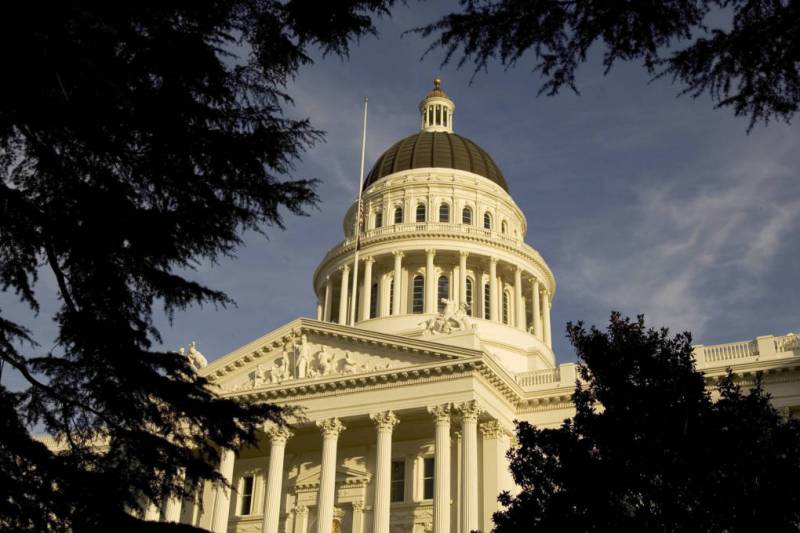The contours of the COVID-19 pandemic’s impact on California’s state budget are coming into sharper focus: An updated projection estimates state general fund revenues will plunge by more than $41 billion from what was expected in January.
The state Department of Finance released the updated fiscal forecast Thursday morning.
But the projected budget deficit is even deeper after accounting for recent pandemic-related expenditures.
The $41.2 billion shortfall, combined with $7.1 billion in additional caseloads for health and safety programs and unanticipated expenditures of $6 billion mostly related to the COVID-19 response, signal an overall budget deficit of $54.3 billion.
“We are dealing with the economic and revenue fallout of an unprecedented shutdown of the state’s economy that’s been caused by this pandemic,” Department of Finance spokesman H.D. Palmer told KQED. He cited the dramatic drop in state revenues resulting from lost personal income taxes associated with business closures and record unemployment.

